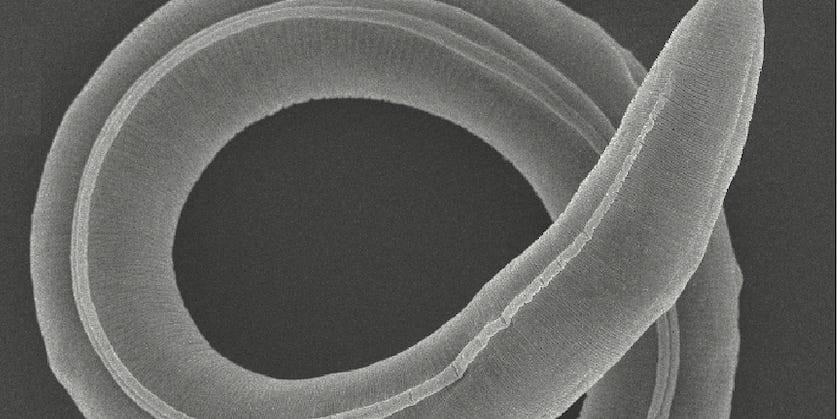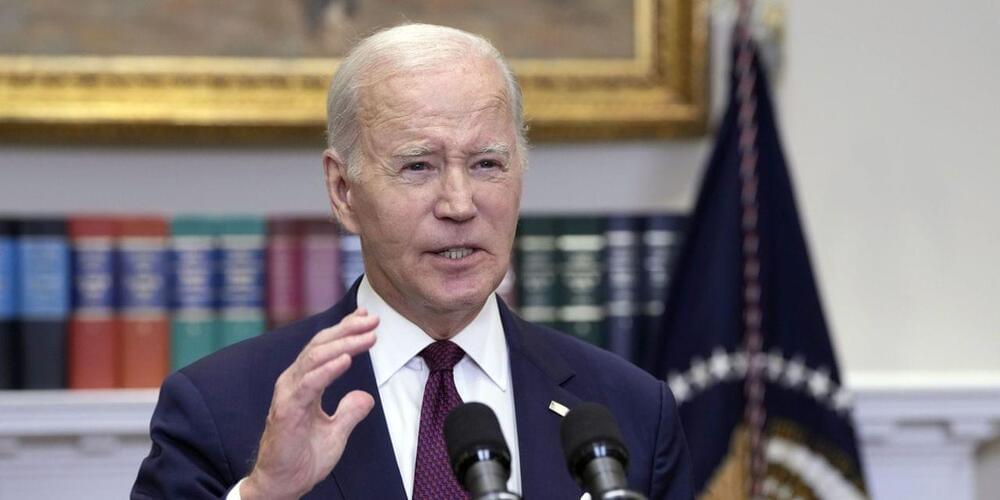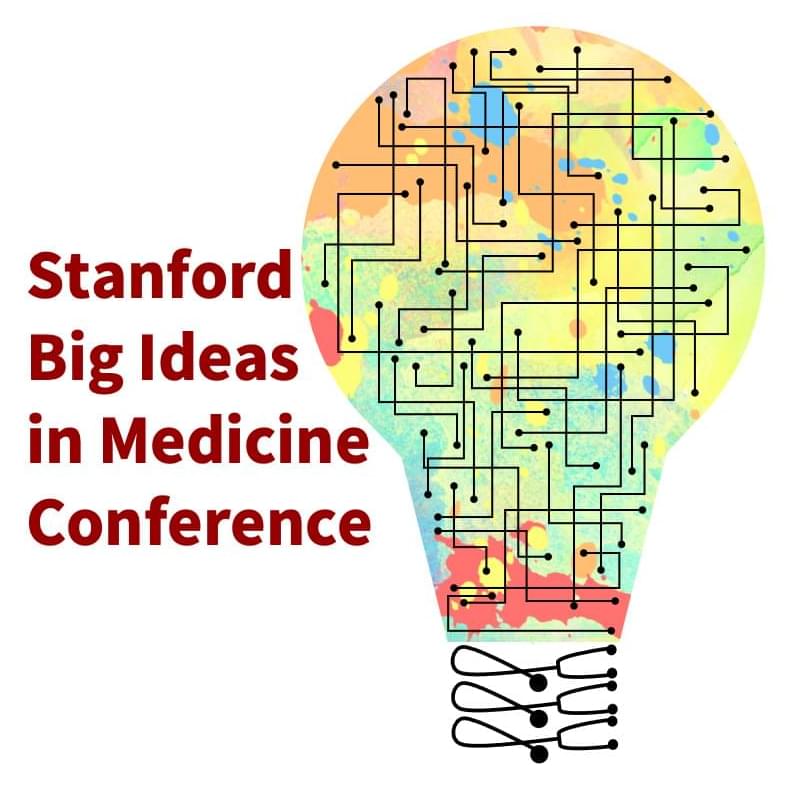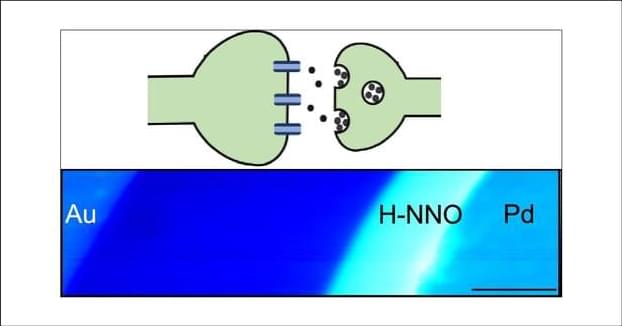Scientists on Thursday published a paper identifying and naming the worm, which they said belonged to a previously-unidentified species.



Year 2021 This bit of dna could be synthesized to essentially regrow humans if they had critical injury much like wolverine from the marvel movies.
Two species of sea slugs can pop off their heads and regrow their entire bodies from the noggin down, scientists in Japan recently discovered. This incredible feat of regeneration can be achieved in just a couple of weeks and is absolutely mind-blowing.
Most cases of animal regeneration — replacing damaged or lost body parts with an identical replacement — occur when arms, legs or tails are lost to predators and must be regrown. But these sea slugs, which belong to a group called sacoglossans, can take it to the next level by regrowing an entirely new body from just their heads, which they seem to be able to detach from their original bodies on purpose.
If that wasn’t strange enough, the slugs’ heads can survive autonomously for weeks thanks in part to their unusual ability to photosynthesize like plants, which they hijack from the algae they eat. And if that’s still not enough in the bizarro realm, the original decapitated body can also go on living for days or even months without their heads.

The Biden administration said Friday it struck a deal with some of the biggest U.S. technology companies to manage risks posed by artificial intelligence. However, the agreement didn’t directly address how AI systems are trained, a crucial issue as AI companies face lawsuits over alleged copyright violations.

But, it turns out, the viral videos weren’t the work of some rando on the internet — a VFX artist that specializes in deepfake technology made them.
Making the Tom Cruise Deepfake
Making the Tom Cruise DeepfakeChris Ume is one of about 20 deepfake artists and technicians working at Deep Voodoo, a studio founded by South Park creators Trey Parker and Matt Stone to make deepfake-based entertainment, including their Donald Trump-skewering web series “Sassy Justice” (which also features a Tom Cruise puppet).



Hosted by: medical humanities and arts program, center for biomedical ethics, center for asian health research and education, center for innovation in global health, center for population health sciences, stanford center on longevity.
*Program is preliminary and subject to change.
Contact: [email protected]

A key aspect of how the brain learns and enables decision-making processes is through synaptic interactions. Electrical transmission and communication in a network of synapses are modulated by extracellular fields generated by ionic chemical gradients. Emulating such spatial interactions in synthetic networks can be of potential use for neuromorphic learning and the hardware implementation of artificial intelligence. Here, we demonstrate that in a network of hydrogen-doped perovskite nickelate devices, electric bias across a single junction can tune the coupling strength between the neighboring cells. Electrical transport measurements and spatially resolved diffraction and nanoprobe X-ray and scanning microwave impedance spectroscopic studies suggest that graded proton distribution in the inhomogeneous medium of hydrogen-doped nickelate film enables this behavior.

